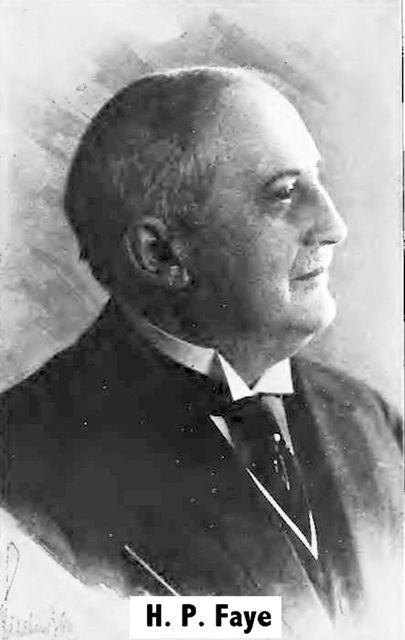In April 1906, work commenced on construction of the Kekaha Ditch, designed to carry irrigation water from the upper reaches of the Waimea River down to the cane lands of Kekaha Sugar Co., then managed by sugar pioneer H.P. Faye.
In April 1906, work commenced on construction of the Kekaha Ditch, designed to carry irrigation water from the upper reaches of the Waimea River down to the cane lands of Kekaha Sugar Co., then managed by sugar pioneer H.P. Faye.
Overseeing construction was civil engineer J.S. Molony, who would employ about 600 Japanese and Korean tunnelers, masons, mechanics, explosives men and laborers to complete work on the 25-mile long ditch in just over 14 months.
On July 15, 1907, water was first admitted into the Kekaha Ditch intake on the Waimea River at the 550 feet elevation, eight miles up from the sea, and after passing through a series of 8-feet-wide by 6-feet-high tunnels inside vertical pali 600 feet high, the water was led for miles to the edge of a plateau above the river.
There, the ditch crosses Waimea Valley by means of an inverted syphon of steel pipe of 48 and 42 inches in diameter and 2,190 feet in length, by which water is delivered into tunnels 8, 9 and 10.
After emerging from those tunnels, the ditch traverses gently sloping ground, passing through tunnels 11 and 12, before reaching open ground above Waimea town, where it bends to the west and heads for Kekaha.
Thereafter, the country is broken by a series of rocky gulches, one after another, upon which water passes through tunnels 13, 14 and 15, and two inverted syphons of wooden stave pipe, each 700 feet long and 40 inches in diameter.
At Waiawa, water is dropped 280 feet to a lower ditch, nine miles long, that conveys it to Polihale at the very end of what was Kekaha Sugar Co.
The Waimea Hydropower Plant and the Waiawa Hydropower Plant were later constructed on Kekaha Ditch to supply electric power for Kekaha Sugar Co.
Kekaha Ditch, an engineering marvel, upgraded over the years, is still in operation, providing agricultural irrigation water as well as hydroelectric power west of the Waimea River.


